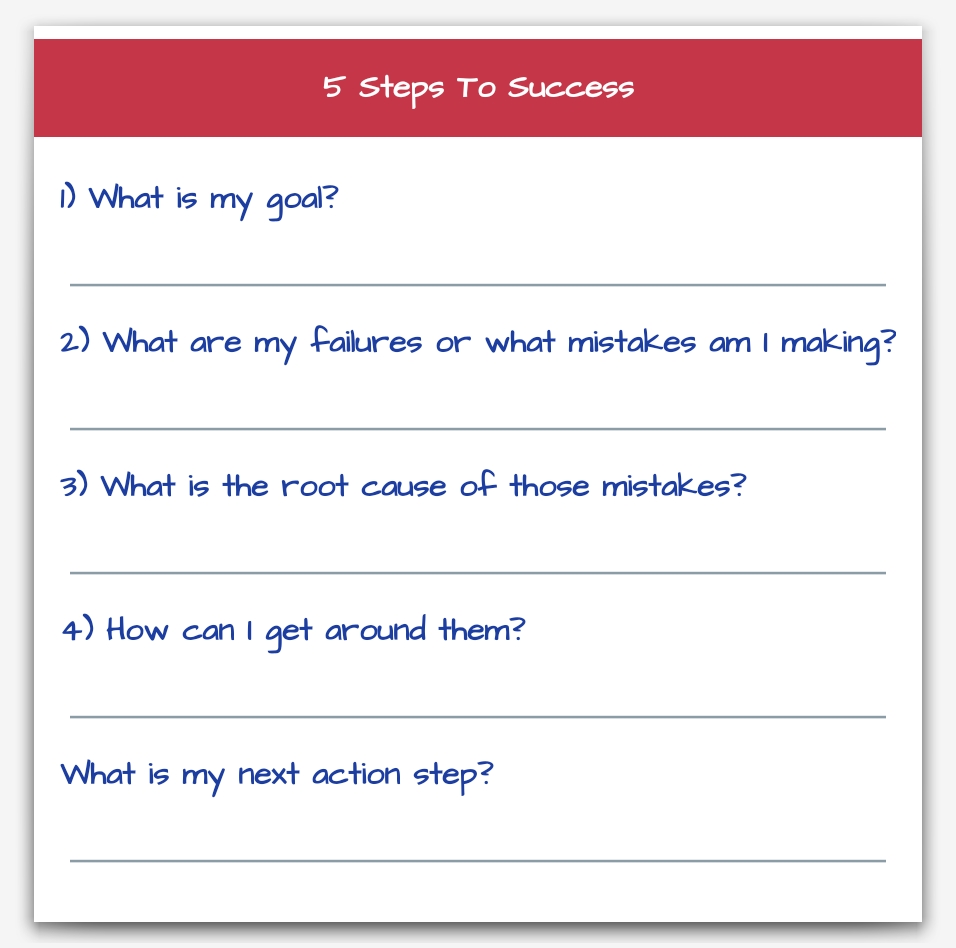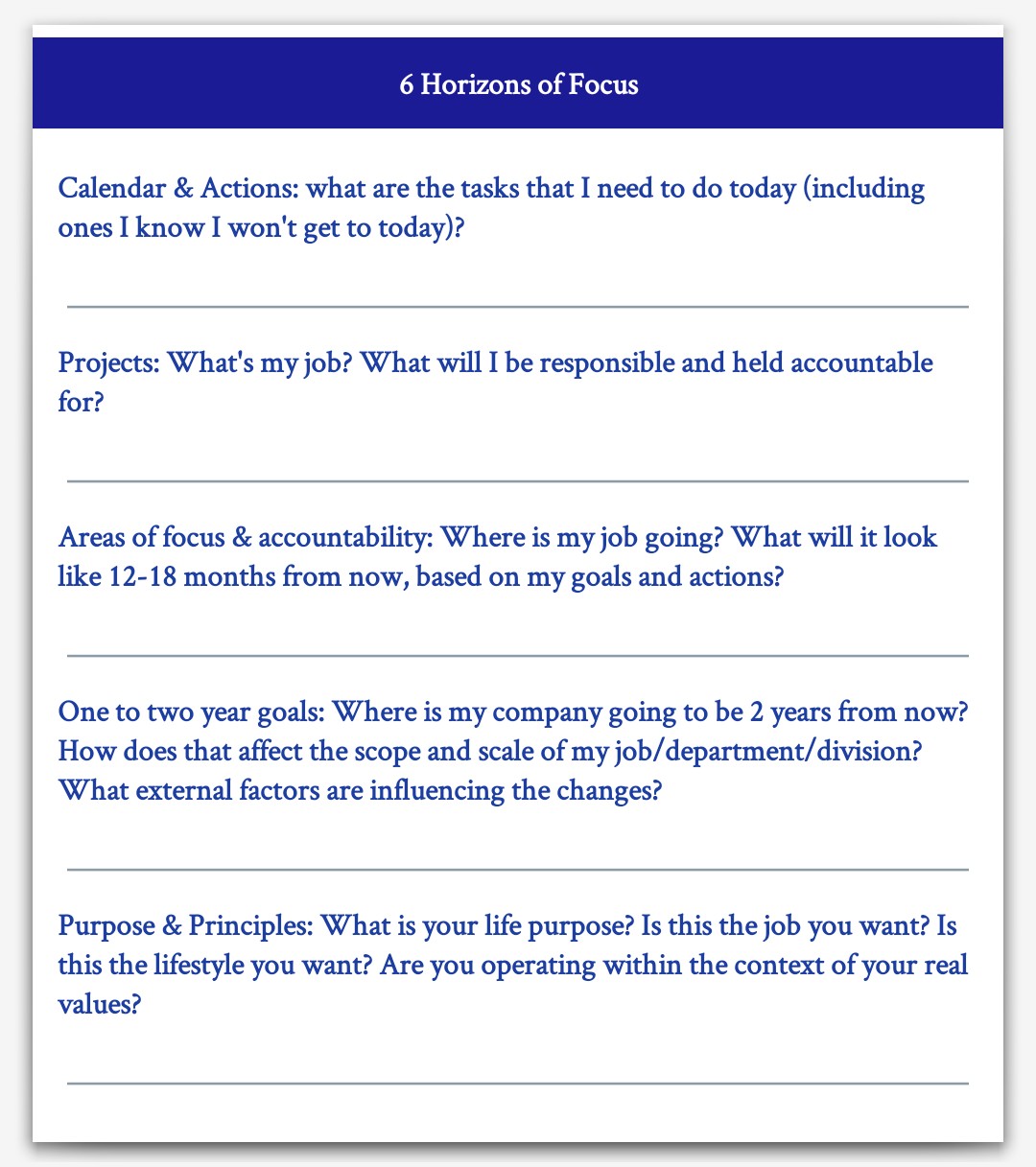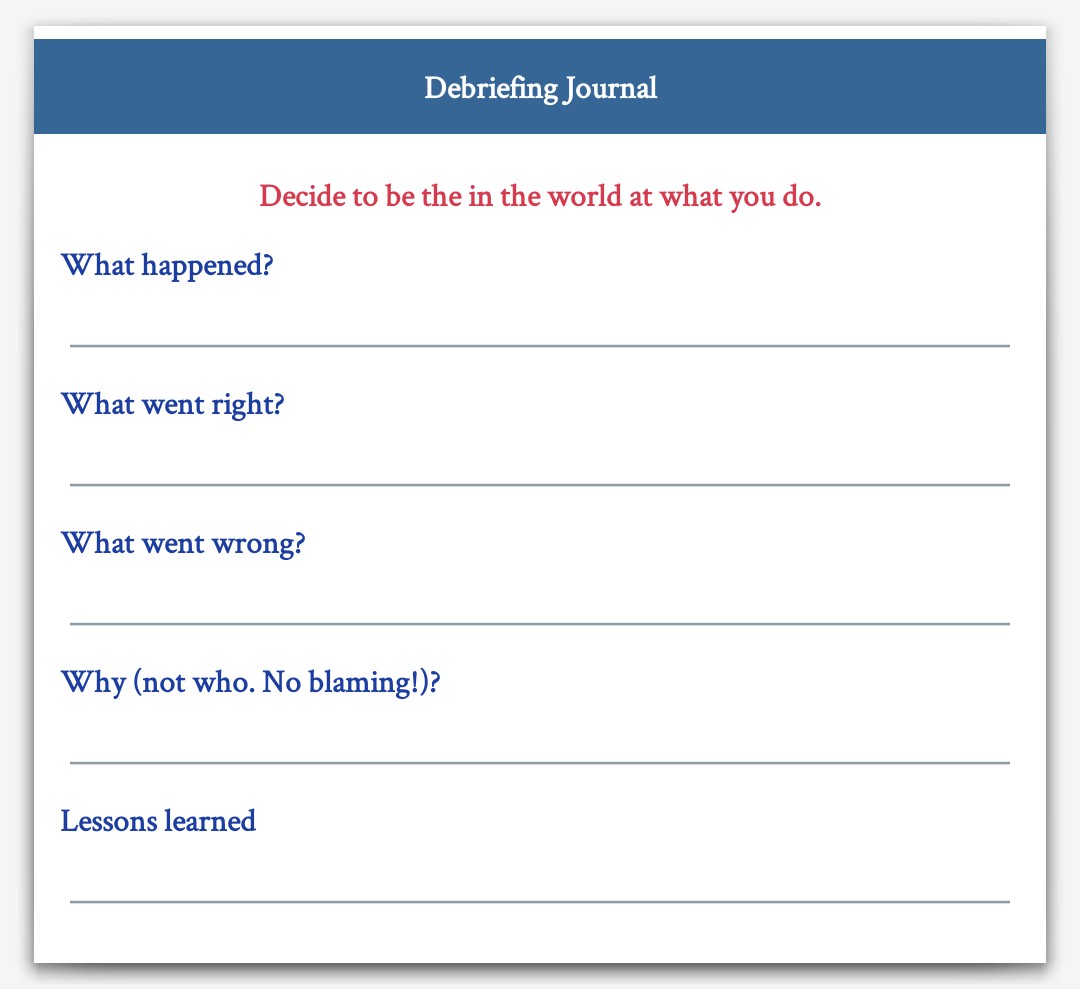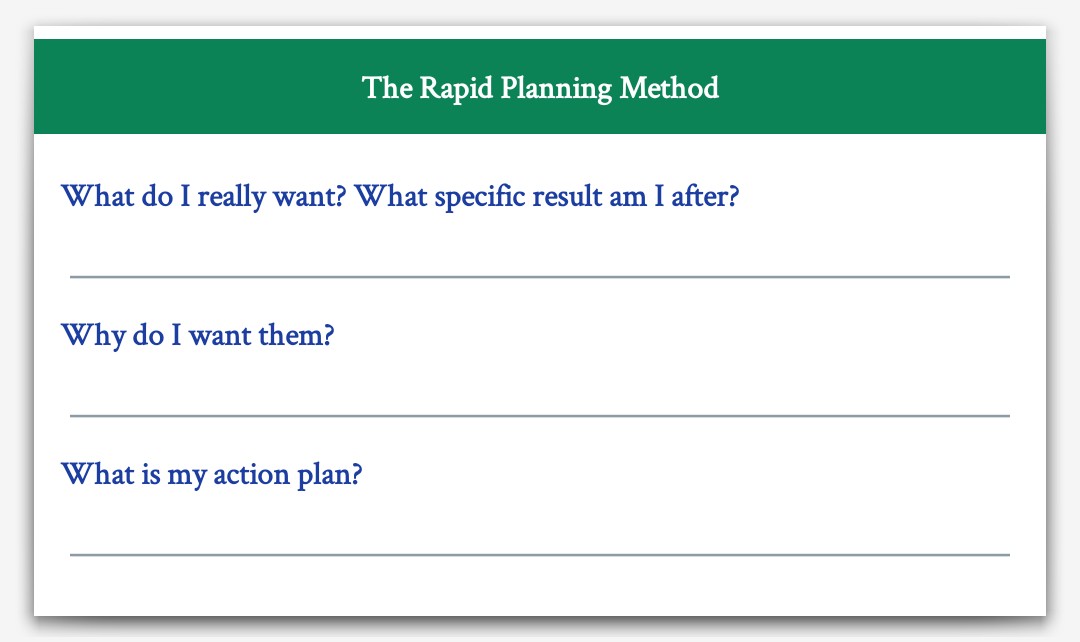Journal Templates for Productivity
A list of journal template ideas gathered from lifestyle & productivity experts, icons and leaders.
5 Steps To Success
And if you keep doing that [the 5-steps] over and over again, you will inevitably succeed. You do it over and over again because you have determination — you will inevitably succeed. - Ray Dalio

Ray believes that the personal evolutionary process takes place in 5 distinct steps. If you can do those 5 things well, you will almost certainly be successful. In his book, Principles, he lays out a 5-step process.
As summarized:
- Set goals. “You have to have your audacious goals.“
- Notice your mistakes. “As you go to those, you are going to encounter your failures, your mistakes. You have to identify those and not tolerate them.“
- Understand why you are making those mistakes. “You have to get the diagnosis to the root cause of them, which could be that you have a weakness or somebody has a weakness.“
- Fix your mistakes. “You have to design what you are going to do about it to get around it.“
- Persevere. “You have to push through to results”
6 Horizons of Focus
You’ve got to think about the big things while you’re doing small things, so that all the small things go in the right direction. —Alvin Toffler ― David Allen, Getting Things Done: The Art of Stress-Free Productivity

David Allen believes that work must be viewed at different horizons. Issues occur when there is a lack of clarity at certain levels. In order to focus we need to reframe our questions within each horizon.
The 6 Horizons are as follows:
- Ground: Calendar/actions
- Horizon 1: Projects
- Horizon 2: Areas of focus and accountability
- Horizon 3: One to two year goals and objectives
- Horizon 4: Three to five year vision
- Horizon 5: Purpose and principles
Debriefing Journal
“I want you to decide now to become the best in the world at what you do. I want you to commit to that price, its only 3%”- Bill Crawford

We only spend 3% of our time in debriefing as opposed to planning and executing. However, that 3% is the most critical because it is where all the learning and improvement happens. This method helps pilots become the best in the world. Bill has brought this method from the air force to his personal life to help him get into Harvard and today to help become a better teacher.
Rapid Planning Method (RPM)
“You can’t have a plan for your day, ‘til you have a plan for your life.” ― Tony Robbins

Tony’s system to become less stressed and maximize results by getting the ideas out of our heads, grouping them into outcomes, identifying action, and then committing and executing. We tend to focus too much on activities (todo lists) and not as much time focusing on outcomes (what we really want). His process reverses this to focus on achievement.
The RPM Method is a results-focused, purpose-driven, massive action plan. Focusing by way of RPM means answering these questions:
- What do I really want? Have a result you’re totally focused on, because whatever you focus on, you will continuously get to.
- What’s my purpose? Know your purpose that will move you emotionally. Whichever emotions we use are going to determine what we do. If apathy is your emotion, then you’re going to ignore things. Whatever emotion is inspiring you is going to determine where you go.
- What do I need to do? The arrow that gets you to your target is your actions, your MAP, your Massive Action Plan. When you write all your actions, you may decide some are more important than others. You may decide some aren’t necessary. But at least you have a place to look at them when it’s related to something that really matters to you.
If you can answer these three questions for yourself, you can achieve anything you want, but the sequence is critical. In fact, even if you can only do the first two, you’ll achieve more than 90% of the people around you. You’ll have opened doors within yourself, and once you step through them, you’ll find a MAP that takes you in the direction you’re going. You’ll know it when it happens, because you’ve already laid the groundwork by honestly examining your desires and your motives.
From RPM Workbook